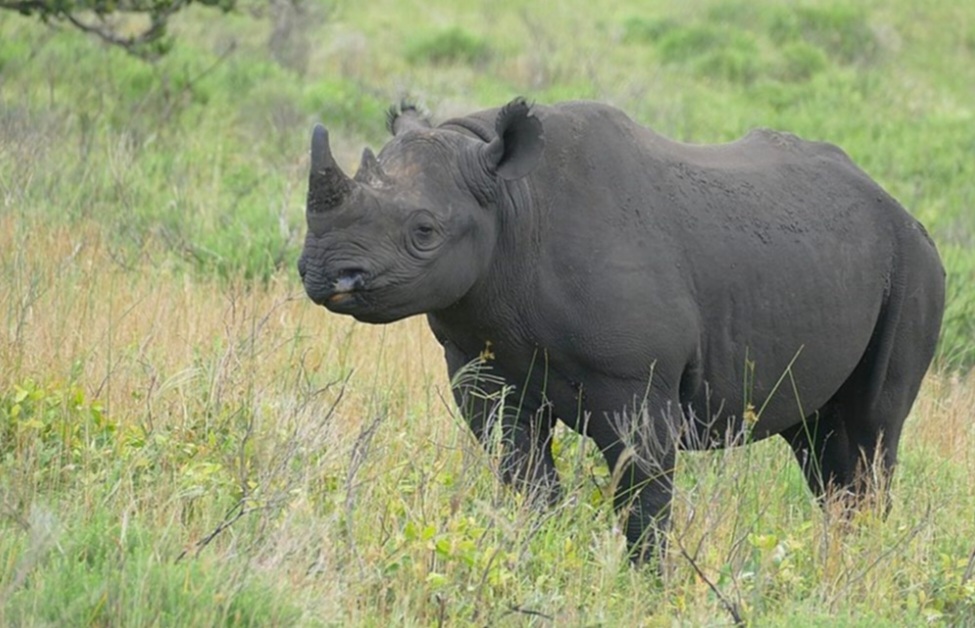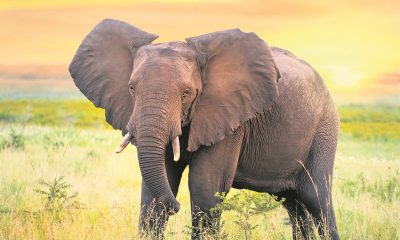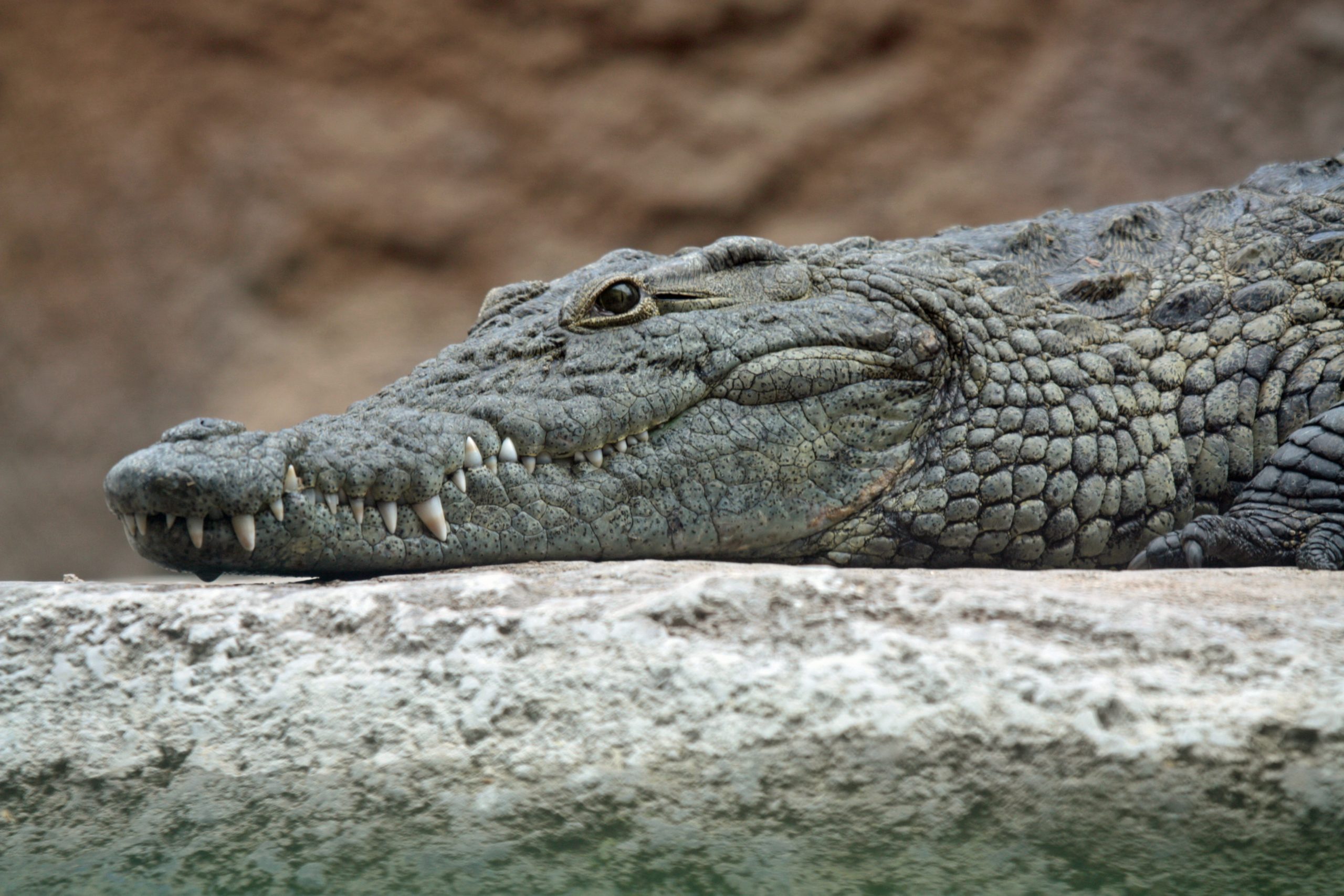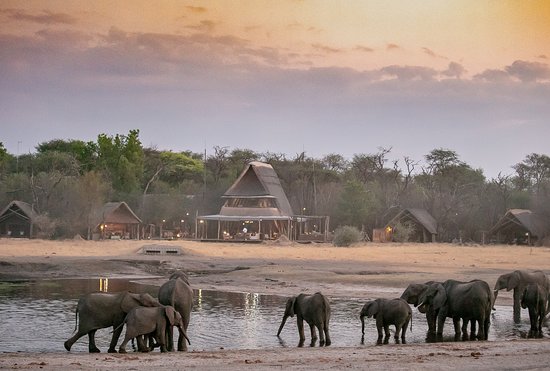BY NOKUTHABA DLAMINI
Rhino poaching rates in Africa have continued to decline from a peak of 5.3 percent of the total population in 2015 to 2.3 percent in 2021, the International Union for Conservation of Nature (IUCN) has said in a report.
IUCN in its recent report said at least 2 707 rhinos were poached across Africa between 2018 and 2021, accounting for both the white rhino (Ceratotherium simum), which is on the IUCN red list of threatened species.
“The overall decline in poaching of rhinos is encouraging, yet this remains an acute threat to the survival of these iconic animals,” Sam Ferreira, a scientific officer with the IUCN SSC African Rhino Specialist Group said.
“To support the growth of rhino numbers, it is essential to continue active population management and anti-poaching activities for all subspecies across different range states.”
Every year on September 22, World Rhino Day is observed to spread awareness about the different Rhinoceros species and the dangers they face.
The report said that South Africa accounted for 90% of all reported cases, predominantly affecting white rhinos in Kruger National Park, home to the world’s largest white rhino population.
“As a result, overall white rhino numbers on the continent have declined by almost 12% (from 18,067 to 15,942 individuals) during this period, while populations of black rhino increased by just over 12% (from 5,495 to 6,195 individuals),” the IUCN added.
“Overall, Africa’s rhino population declined around 1.6% per year from an estimated 23,562 individuals in 2018 to 22,137 at the end of 2021.”
World Rhino Day: History
The day’s announcement was made in 2010 by WWF-South Africa.
When Lisa Jane Campbell, the founder of Annamitici and owner of the Chishakwe Ranch in Zimbabwe, teamed up with Rhishja Cota, the event’s creative director in 2011 to raise awareness about the need to preserve or protect all five species of rhinos from extinction.
The annual celebration gained recognition on a global scale. World Rhino Day was first observed in 2011, and every year since then, it has been observed worldwide.
World Rhino Day: Significance
Rhino is in danger of going extinct due to poaching, climate change, and disturbances to their natural environment. The yearly commemoration of the day emphasizes spreading awareness about the necessity of protecting and caring for the rhino species worldwide. Today, three species of rhino—black, Javan, and Sumatran are said to be critically endangered.
World Rhino Day: Interesting Facts
Rhinos are partially blind as they can only see objects about 30 meters away from them.
Rhino horns are made up of Keratin.
Rhinos are herbivores, so they only consume grass.
Rhinos have tiny brains relative to their size.
Rhinos move quickly on land and can turn swiftly in small spaces.


 Slider3 years ago
Slider3 years ago
 National4 years ago
National4 years ago
 Opinion3 years ago
Opinion3 years ago
 Tourism and Environment3 years ago
Tourism and Environment3 years ago
 National2 years ago
National2 years ago
 National3 years ago
National3 years ago
 National2 years ago
National2 years ago
 National4 years ago
National4 years ago


